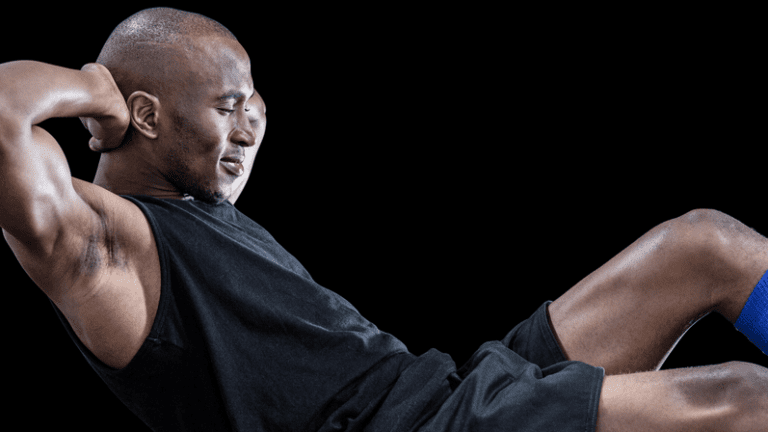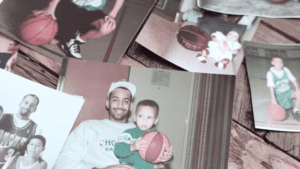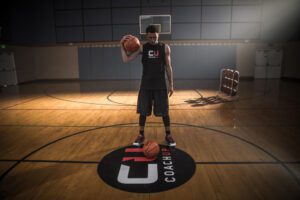Exercises to Increase Ski + Snowboard Performance
It is imperative as a winter athlete to develop lower extremity strength & endurance in order to avoid injury, conqueror changes in terrain, and resist muscle fatigue. With that in mind, and winter about to start across to country, here are some (warm) exercises that you can do in order to imporve your performance on the slopes.
Forward + Lateral Lunge
The lunge is a great choice due to its activation of the large leg muscles (gluteus maximus, quadriceps, hamstrings, hip flexors).
The goal of the exercise is to take a large forward step onto the Bosu ball; lunge by bending the front knee until 90 degrees of flexion is achieved, then explosively pushing off the ball, returning back to the upright position.
When performing the lateral lunge, the goal is to side step one foot onto the Bosu Ball, bending that knee while keeping the other leg straight.
Tips for Both:
· Knees should never go over the toes.
· When performing laterally, try to sit back and stick out the butt into a squat.
Increasing the repetitions and alternating the legs enhances muscular endurance and eliminates the ability for one leg to over compensation for the other. The addition of the Bosu Ball challenges balance making the ankle stabilizing muscles work harder to maintain proper posture.
This exercise can be performed with or without weight (dumbbells, medicine ball overhead, etc.)
Depth Jump
Improper lower body mechanics is one of the leading causes for ski + snowboard knee injuries. The depth jump focuses on the proper landing phase from a predetermined height.
The goal of this exercise is:
· To land softly, receiving the weight through the balls of the feet.
· Then distributing it into the heels.
· While carrying that downward momentum into a perfect squat (Sit the butt back, knees don’t go over toes, and maintain proper foot and knee alignment)
This exercise focuses on the deceleration of one’s own body weight by forcing the large leg muscles receive the weight, slow then stop that momentum.
Russian Twists
Core development is vital in order to maintain strong posture, form, and the ability to turn rapidly from the waist or trunk. The Russian Twist is performed with only the lower back in contact with ground, while the body is positioned in a “V” shape.
The goal of this exercise is to;
· Rotate the torso and arms side to side
· Both hands should make contact with the ground or mat, clasp hands together.
To progress this exercise a medicine ball should be added and held so each twist involves contact of the medicine ball to the ground instead of hands.
Recommendations for Intensity + Frequency
First step is to master perfect form and correct range of motion before using any weight or large heights. The second step is to increase your repetitions per set until you can achieve 12 great reps per set. And, finally, step three is to then incorporate weight or increase height by small increments to ensure safety and correct form.
Incorporating these exercises into your fitness routine 2-3 times each week will help prevent injury, increase performance, and keep you feeling strong. You’ll be ready to hit the slopes all winter long!
How useful was this post?
Click on a star to rate it!
Average rating 0 / 5. Vote count: 0
No votes so far! Be the first to rate this post.



